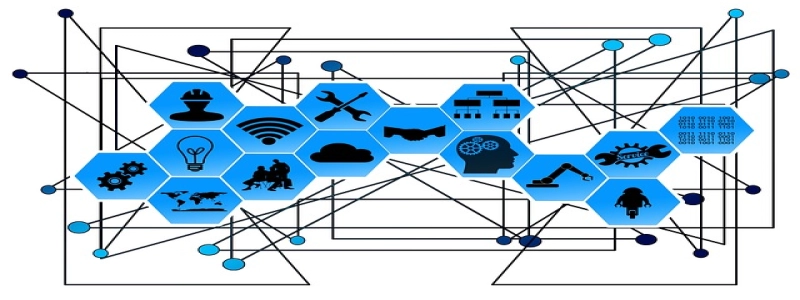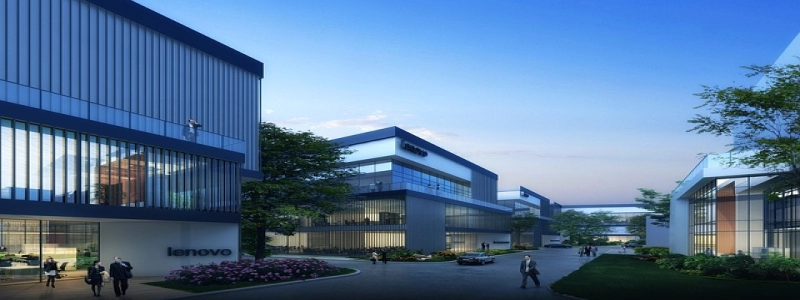How Does HDMI with Ethernet Work?
Invoering
De afgelopen jaren, HDMI (High-Definition Multimedia Interface) cables have become increasingly popular for connecting various audiovisual devices. One notable feature of HDMI cables is the option for Ethernet connectivity. In dit artikel, we will delve into how HDMI with Ethernet works and its advantages.
I. Understanding HDMI with Ethernet
HDMI with Ethernet combines the standard HDMI audio and video transmission with an additional Ethernet channel. This Ethernet channel allows for internet connectivity between HDMI devices, eliminating the need for separate Ethernet cables for internet access.
II. The Benefits of HDMI with Ethernet
1. Simplified Setup: HDMI with Ethernet eliminates the need for additional cables, reducing the clutter of wires behind your audiovisual setup. It offers a convenient solution for connecting devices that require both audiovisual and internet connectivity.
2. Increased Versatility: With HDMI with Ethernet, you can connect multiple devices, such as gaming consoles, media players, or set-top boxes, to a single network. This enables seamless sharing of internet access and content between devices, providing a more immersive and interconnected user experience.
III. How HDMI with Ethernet Works
1. Additional Channel: HDMI with Ethernet incorporates an additional channel within the HDMI cable. This channel operates at up to 100 Mbps (Megabits per second) and supports bi-directional communication.
2. Cable Configuration: HDMI with Ethernet cables are structured similarly to standard HDMI cables, consisting of 19 conductive wires. Echter, they also include an additional twisted pair of wires for the Ethernet channel.
3. Hot Plug Detect (HPD): HDMI devices equipped with Ethernet capability use the Hot Plug Detect pin to determine the presence of HDMI with Ethernet support. When one device detects a connection to another device with Ethernet capability, it automatically establishes the Ethernet connection.
4. Internet Protocol (IP) Communication: HDMI with Ethernet uses IP communication to establish an internet connection between devices. This allows for the transfer of data packets between multiple HDMI devices over a Local Area Network (LAN).
5. HDCP Compliance: HDMI with Ethernet supports HDCP (High-bandwidth Digital Content Protection) to ensure secure transmission of copyrighted content. This cryptographic protocol encrypts the data exchanged between HDMI devices, preventing unauthorized access.
IV. Common Applications of HDMI with Ethernet
1. Home Theaters: HDMI with Ethernet is commonly used in home theaters to connect audiovisual devices like Blu-ray players, gaming consoles, and sound systems. This configuration allows for internet connectivity, enhancing the user experience through features like online updates and streaming services.
2. Commercial Displays: HDMI with Ethernet is also prevalent in commercial settings, such as conference rooms or digital signage. It enables the transmission of high-quality audiovisual content, while also providing internet access for interactive displays or remote monitoring.
Conclusie
HDMI with Ethernet offers a streamlined solution for connecting audiovisual devices while ensuring internet connectivity. By incorporating a dedicated Ethernet channel within the HDMI cable, it simplifies the setup process and allows for versatile networking capabilities. Whether used in home theaters or commercial displays, HDMI with Ethernet enhances the overall audiovisual experience.








